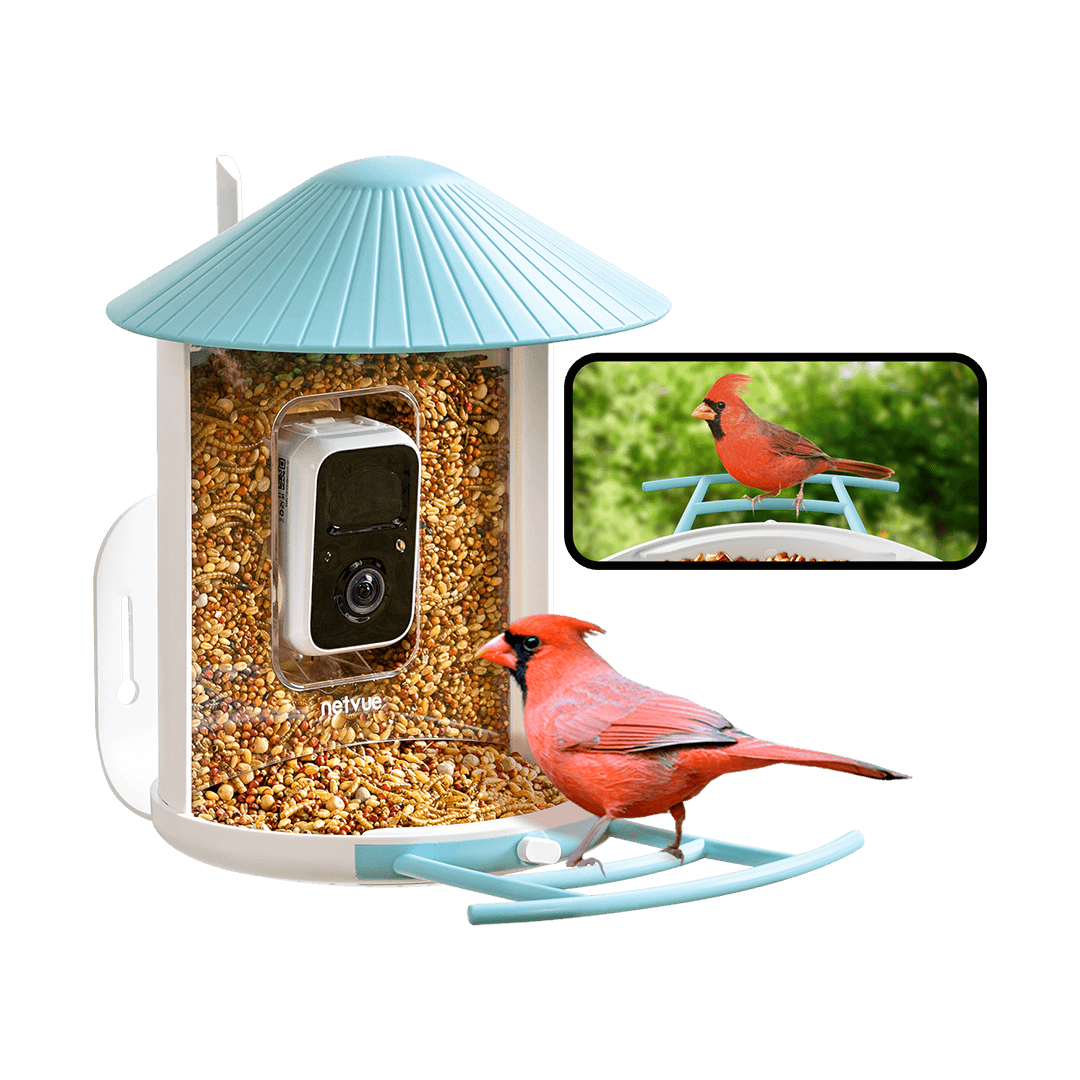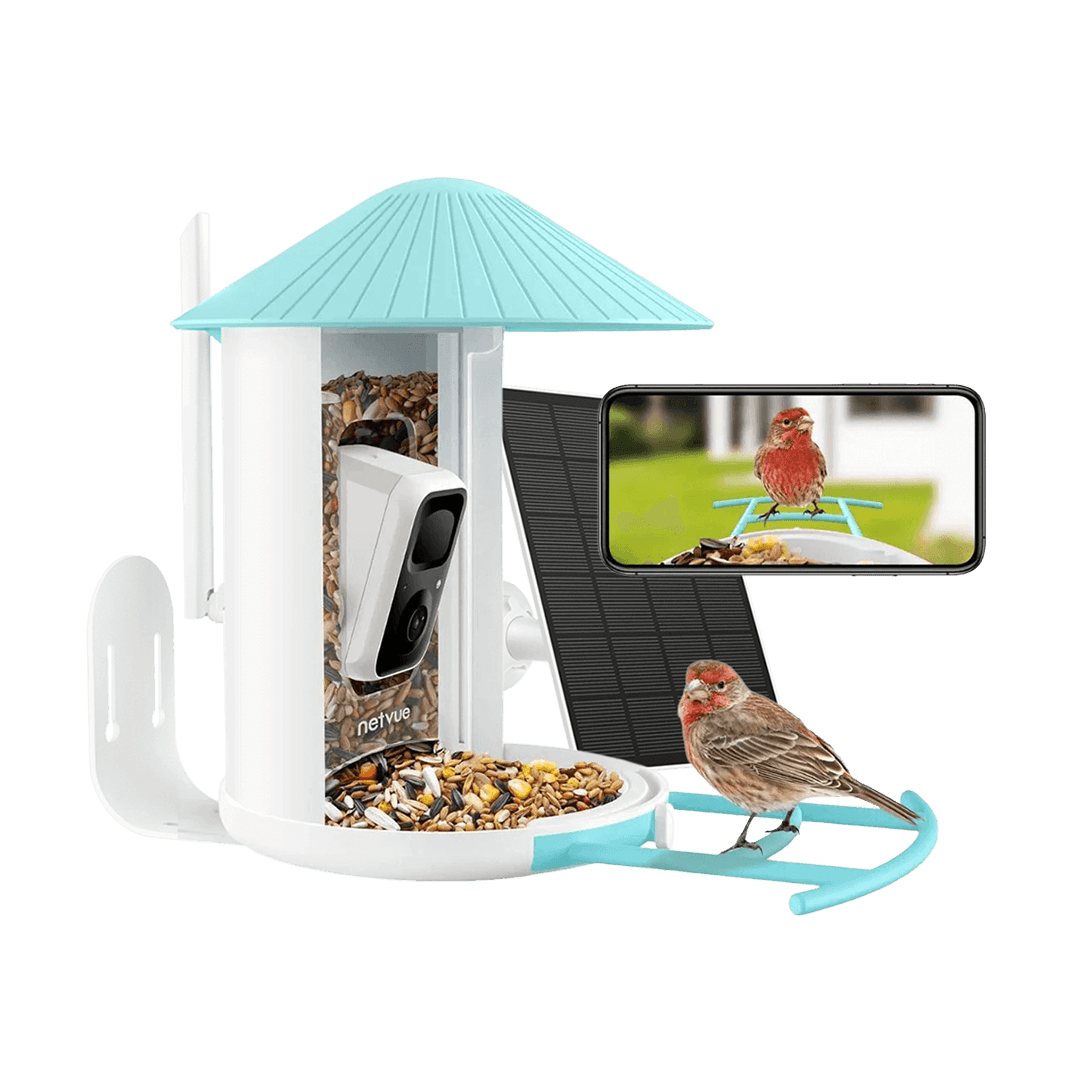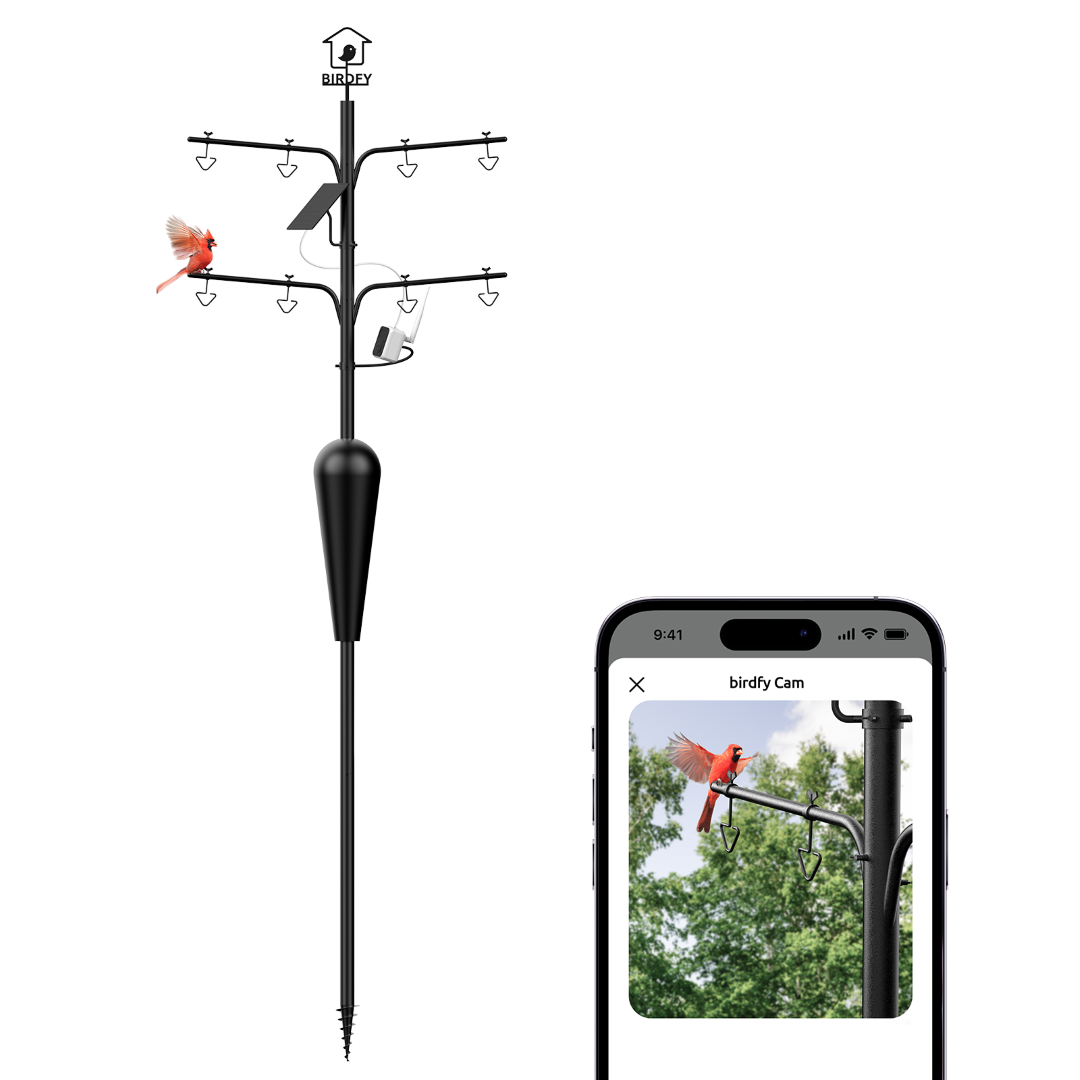North Dakota State Bird
Located in the Upper Midwest region of the United States, North Dakota is known for its vast prairies, rich agricultural heritage and resilience. Bordered by Canada to the north, Minnesota to the east, South Dakota to the south, and Montana to the west, North Dakota is known for its vast landscapes, friendly communities, and diverse wildlife. With over 400 species of birds, what is North Dakota's state bird?
1. What is the state bird of North Dakota?
The state bird of North Dakota is the Western Meadowlark (scientific name Sturnella neglecta).
The Western Meadowlark holds the title of North Dakota's officially designated bird. In North Dakota, the Western Meadowlark holds a special place in the hearts of residents. With its vibrant plumage and captivating song, this bird embodies the spirit of the Great Plains and is a symbol of North Dakota's rich natural heritage. State birds like the western meadowlark play a pivotal role in representing the unique identity and cultural heritage of their respective regions. They are ambassadors for local ecosystems, connecting residents to the land, wildlife and traditions.


2. Description of the Western Meadowlark
The western meadowlark (scientific name Sturnella neglecta) is a medium-sized songbird belonging to the finch family. It is about 8.5 to 11 inches (22 to 28 cm) long and has a wingspan of about 12 to 16 inches (30 to 41 cm). It has a stout, compact body, a rounded head, and an elongated beak that specializes in detecting insects and seeds in the soil.
The western meadowlark's body coloration is striking, with a bright yellow throat and breast that fades to buffy white on the belly. Its upperparts are predominantly brown with black stripes, while the lowerparts of its chest and flanks are decorated with striking black V-shaped markings. Its wings are dark with white outer edges and a distinctive white stripe above the eye that contrasts with the black spot below the eye.
The western meadowlark primarily inhabits open habitats such as grasslands, prairies, pastures, and farmlands throughout North America. It thrives in areas where tall grasses and scattered shrubs grow, where it forages and establishes breeding territories. Although the western meadowlark's range extends from western Canada to northern Mexico, it is especially abundant in the central and western United States, including North Dakota.

3. Characteristics and Behavior
Known for its striking appearance and moving song, the western meadowlark possesses a unique set of characteristics and behaviors that make it a beloved symbol of the open plains.
Appearance
The Western Meadowlark's plumage is brightly colored with a bright yellow throat and breast that fades to a buffy white belly. Its upperparts are predominantly brown with distinctive black stripes, and the lowerparts have striking black V-shaped markings on the breast and flanks. The outer edges of the dark-colored wings are white with a distinctive white stripe above the eye that contrasts with the black spot below the eye, further enhancing its visual appeal.
Size and Shape
This medium-sized songbird is usually between 8.5 and 11 inches (22 and 28 centimeters) long, with a wingspan of about 12 to 16 inches (30 to 41 centimeters). It has a stout, compact body, a rounded head, and a long beak specialized for finding insects and seeds in the soil.
Habitat and Range
The western meadowlark primarily inhabits open habitats such as grasslands, prairies, rangelands, and agricultural fields in North America. Its range extends from western Canada to northern Mexico, but it is especially abundant in the central and western United States, including states such as North Dakota.

Calls and Vocalizations
One of the most distinctive characteristics of the western meadowlark is its mellifluous song, often described as a flute sound, which echoes across open grasslands. Its song consists of a series of crisp, flute-like whistles interspersed with trills and warbles, and serves a variety of purposes, such as territorial defense and courtship displays.
Foraging Behavior
As an omnivorous species, the western meadowlark has a varied diet that includes insects, seeds, grains, and the occasional small fruit. It employs a variety of foraging techniques, such as probing the soil with its long bill for hidden insects and seeds, or perching on low vegetation and fence posts to scan for prey while keeping an eye out for predators.
Social Structure and Breeding
Western meadowlarks are usually solitary birds outside of the breeding season, although they may gather in loose flocks during migration or in communal habitats. During the breeding season, they become more territorial, fiercely defending their nesting sites against intruders and performing courtship displays to attract mates.

4. Cultural and Symbolic Importance
The Western Meadowlark has significant cultural and symbolic meaning, especially in Native American culture and folklore. In various indigenous traditions, this iconic bird is revered for its beauty, song, and connection to the natural world. Among many Native American tribes, it is believed that the enchanting melodies of the western meadowlark convey messages from the spirit world or are harbingers of seasonal changes and natural rhythms. Its presence on the grasslands is seen as a symbol of abundance, vitality and harmony in the ecosystem.
In addition to its spiritual significance, the western meadowlark plays an important role in Native stories and oral traditions. Stories and legends featuring this bird often convey truths about resilience, adaptability and the interconnectedness of all living things. Its resilience in the face of environmental challenges and its ability to thrive in open grassland habitats are powerful symbols of the strength and resilience of Native American communities.
In addition, the western meadowlark symbolizes the natural heritage and biodiversity of North Dakota's grassland ecosystems. As an indicator species, its presence demonstrates the health and vitality of these unique habitats that support a wide variety of plant and animal species. By serving as a prairie ambassador, the western meadowlark helps raise awareness of the importance of protecting these fragile ecosystems and preserving the rich biodiversity they sustain. In North Dakota, where sweeping prairies and grasslands once dominated the state's landscape, western meadowlarks serve as a reminder of the state's ecological heritage and the need to protect and restore these important habitats for future generations.


5. Common birds of North Dakota
American Goldfinch
The American Goldfinch, also known as the Eastern Goldfinch, graces North Dakota's open spaces with its dazzling yellow feathers and contrasting black wings. These little songbirds love fields, meadows and gardens, adding a little color to the summer landscape. Their cheerful twittering fills the air with a song often described as "per-chik-o-ree" and accompanied by their aerial acrobatics. During the breeding season, males emit a series of cheerful calls to establish territory and attract mates.
American goldfinches eat mostly grains and feed on the seeds of a variety of plants, including thistles, sunflowers, dandelions and grasses. They also eat small insects and spiders, especially during the breeding season.
Northern Cardinal
With its striking appearance, the Northern Cardinal is a symbol of North Dakota's bird diversity. The male's plumage is a vibrant red, contrasting with the soft brownish-red of the female. These birds are known for their mellifluous call that echoes in backyards, parks, and bushes across the state. Their distinctive crest and black mask add to their charm, making them a favorite among birdwatchers and nature lovers.
Cardinals are primarily seed eaters and their diet includes a variety of seeds, grains, fruits and insects. They forage on the ground and in low vegetation, cracking open seeds with their powerful beaks and spotting insects with their keen eyesight. Cardinals are territorial birds, and males often sing to establish and defend their territory during the breeding season. However, they also form small flocks outside of the breeding season.

Red-winged Blackbird
The red-winged blackbird is a common bird in North America, including North Dakota. Males are easily recognized by their glossy black plumage and bright red and yellow patches on the shoulders; females have brown, streaked plumage. They inhabit a variety of wetland and agricultural habitats, foraging for seeds, insects, and small invertebrates.
During the breeding season, males establish territories and perform elaborate displays to attract females. This usually involves perching and singing prominently to defend the territory and attract a mate. They forage on the ground or in low vegetation, probing for food with their sharp beaks. They are highly social birds and often form large flocks, especially outside of the breeding season. These flocks provide numerical security and help find food sources. Red-winged Blackbirds are known for their aggressive behavior, especially during the breeding season, when males vigorously defend their territory against intruders, including other males and larger birds.

Eastern Bluebird
The Eastern Bluebird is a small thrush with blue feathers on its back and wings contrasting with a rusty orange breast. Eastern bluebirds are known for their sweet song and cheerful demeanor. They feed primarily on insects and berries, perching on conspicuous branches in search of prey.
Eastern bluebirds usually live in open woodlands, orchards, meadows, parks and woodland edges. They prefer roosting and nesting sites with scattered trees or shrubs, as well as open areas for foraging. Bluebirds are often found in the company of man-made structures (such as nest boxes, fence posts, and power lines) that provide them with additional roosting and nesting opportunities.

American Robin
The American Robin is a familiar thrush with an orange-red breast and gray-brown upper parts. It is one of the most widely distributed birds in North America and is often found in the company of suburbs, parks and woodlands. American Robins are known for their ebullient song, which fills the air during the breeding season.
American Robins forage primarily on the ground, hopping around lawns, fields and gardens in search of earthworms, insects and other invertebrates. They also eat fruits and berries, especially during the fall and winter months when insects are scarce. Robins are territorial during the breeding season, with males establishing and defending territories through song. Outside of the breeding season, they may form loose flocks, especially in winter.
Killdeer
The killdeer is a medium-sized plover characterized by brown and white plumage, a double band on the breast, and a loud, shrill call. It often inhabits open areas such as fields, pastures, and shorelines and nests on the ground. Grouse are known for being a distraction, pretending to be injured to lure predators away from their nests. They are agile foragers, probing the soil for insects and small invertebrates.
They will nest directly on the ground, usually in open areas with sparse vegetation such as gravel lots, fields or gravel roofs. Nests are simple ruins lined with pebbles, twigs, or plant material, often camouflaged to blend in with the surroundings. Females usually lay four eggs per clutch, which are aquamarine in color with dark markings. Both parents are jointly responsible for incubation, which lasts about 24-28 days. After hatching, the early fledglings are able to leave the nest shortly after birth and travel quickly to feeding areas with their parents.

6. Conclusion
On North Dakota's vast prairies, where the sky meets the earth on an endless horizon, the western meadowlark symbolizes the state's timeless spirit. With its brightly colored plumage and enchanting song, this iconic bird embodies the essence of the Great Plains and is a treasured ambassador of North Dakota's rich natural heritage.






